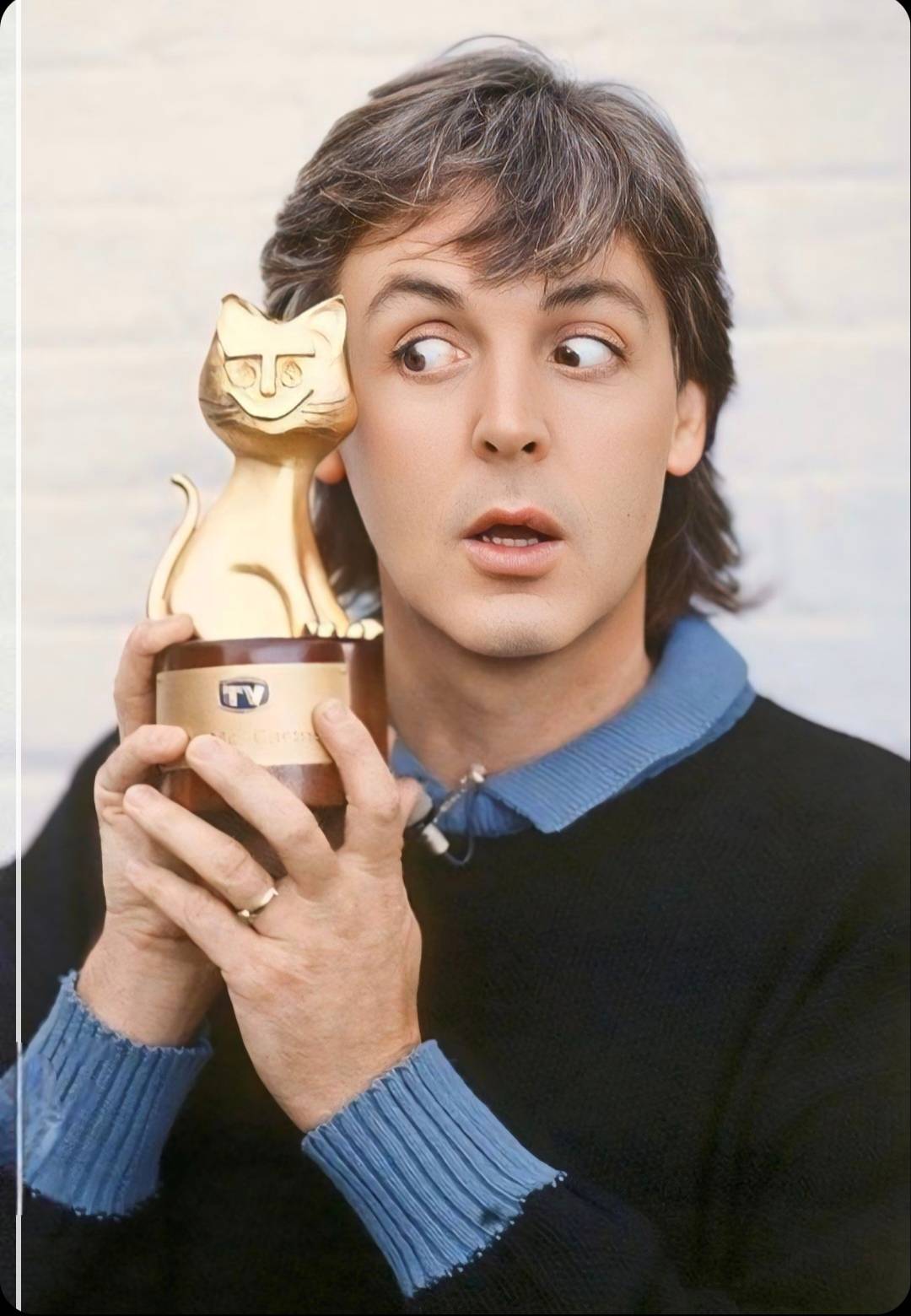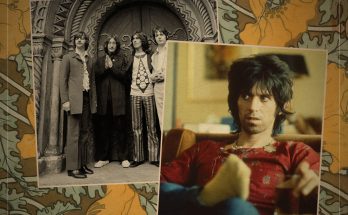The Beatles, as one of the most influential bands in the history of music, not only revolutionized rock and roll but also reshaped the art of songwriting. Each member of the band—John Lennon, Paul McCartney, George Harrison, and Ringo Starr—brought his own distinct voice and perspective to the songwriting process, and over the years, their individual styles evolved significantly.
As a fan, it’s fascinating to observe how the songwriting styles of the band members shifted, not just due to their personal growth but also in response to the changing dynamics of the band.
In the early days of The Beatles, John Lennon and Paul McCartney were the primary songwriters. Their partnership was built on a unique chemistry, with McCartney often bringing melodic ideas, and Lennon contributing more experimental and introspective lyrics.

The songs from this period, such as “I Want to Hold Your Hand” and “She Loves You,” exemplified their collaborative approach—catchy, straightforward pop songs that resonated with audiences worldwide. But as the band matured, the influences of the individual members began to surface more prominently in their music.
Lennon’s songwriting, especially after the release of Rubber Soul (1965), began to show a deeper introspection. Songs like “Norwegian Wood” and “In My Life” revealed a more personal side of Lennon, reflecting his growing disillusionment with fame and his personal life. His lyrics became more abstract and introspective, exploring themes of identity, love, and existentialism. This shift marked a significant evolution in his songwriting style—moving away from the love songs of his early years to something more thought-provoking and poetic.
On the other hand, McCartney’s songwriting continued to focus on melody and structure. As the Beatles entered their more experimental phase, McCartney’s songs, such as “Yesterday” and “Hey Jude,” highlighted his ability to craft timeless melodies. While Lennon’s lyrics became more complex and philosophical, McCartney’s writing remained accessible, often celebrating love, hope, and beauty. His songwriting also evolved to incorporate more orchestral arrangements and complex chord progressions, particularly evident in later tracks like “Eleanor Rigby” and “Penny Lane.”
Meanwhile, George Harrison’s songwriting style began to emerge more prominently during the later years of The Beatles. Although Harrison had contributed songs earlier, such as “Don’t Bother Me” and “I Need You,” his songwriting began to mature on albums like Revolver (1966) and Sgt. Pepper’s Lonely Hearts Club Band (1967). Harrison’s songs, like “Something” and “While My Guitar Gently Weeps,” showcased his growing influence on the band’s sound, introducing more spiritual and philosophical themes. His interest in Indian music also influenced his work, incorporating unconventional instruments like the sitar into songs such as “Norwegian Wood.”
Ringo Starr, though not primarily known as a songwriter, did contribute some memorable songs, such as “Octopus’s Garden” and “Don’t Pass Me By.” These songs added a lighter, more whimsical touch to the band’s catalog, and his contributions, though limited, showcased his unique personality and charm.
The evolution of songwriting within The Beatles reflected not only the personal growth of each band member but also the growing tensions and shifts in their relationships with one another. As their individual styles became more defined, the band’s internal dynamics changed, ultimately contributing to their breakup in 1970. For fans, the development of their songwriting represents a fascinating journey of artistic exploration and experimentation that continues to inspire musicians to this day.



